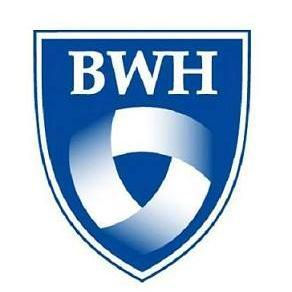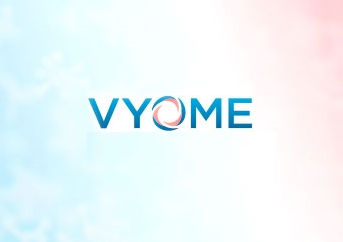预约演示
更新于:2025-05-07
Bacterial adhesin
更新于:2025-05-07
基本信息
别名- |
简介- |
关联
1
项与 Bacterial adhesin 相关的药物作用机制 细菌粘附素拮抗剂 |
在研适应症- |
非在研适应症- |
最高研发阶段临床前 |
首次获批国家/地区- |
首次获批日期1800-01-20 |
100 项与 Bacterial adhesin 相关的临床结果
登录后查看更多信息
100 项与 Bacterial adhesin 相关的转化医学
登录后查看更多信息
0 项与 Bacterial adhesin 相关的专利(医药)
登录后查看更多信息
20
项与 Bacterial adhesin 相关的文献(医药)2023-05-30·Pathogens (Basel, Switzerland)
Characterization of Collagen Binding Activity of Clostridium perfringens Strains Isolated from Broiler Chickens.
Article
作者: Sun, Zhifeng ; Lillehoj, Hyun ; Lee, Youngsub ; Lu, Mingmin ; Li, Charles ; Yan, Xianghe ; Goo, Doyun ; Yuan, Baohong
2019-12-01·Animal Microbiome
Genomic analysis on broiler-associated Clostridium perfringens strains and exploratory caecal microbiome investigation reveals key factors linked to poultry necrotic enteritis
Article
作者: Hall, Lindsay J ; Leclaire, Charlotte ; Dougan, Gordon ; Dixon, Ronald A ; Brown, Joseph ; Kiu, Raymond ; Pickard, Derek ; Caim, Shabhonam ; Bedwell, Harley
2013-05-01·Biologicals4区 · 生物学
Reverse-vaccinology strategy for designing T-cell epitope candidates for Staphylococcus aureus endocarditis vaccine
4区 · 生物学
Article
作者: Felicia Antohe ; Mihaela Oprea
分析
对领域进行一次全面的分析。
登录
或

生物医药百科问答
全新生物医药AI Agent 覆盖科研全链路,让突破性发现快人一步
立即开始免费试用!
智慧芽新药情报库是智慧芽专为生命科学人士构建的基于AI的创新药情报平台,助您全方位提升您的研发与决策效率。
立即开始数据试用!
智慧芽新药库数据也通过智慧芽数据服务平台,以API或者数据包形式对外开放,助您更加充分利用智慧芽新药情报信息。
生物序列数据库
生物药研发创新
免费使用
化学结构数据库
小分子化药研发创新
免费使用

